To start off the September PETE Collaborative discussion, the first topic focused on ways to develop relationships and create a sense of program belonging with PETE students during our hybrid and fully online semesters (listen here time stamp 5:00 - 10:54).
Since I had the opportunity to lead the discussion, I shared an example that we are piloting this fall with Microsoft O365 Teams at Illinois State University. The Teams platform in general provides a space for file sharing, cloud-based collaboration, interactive chat, video-based meeting, etc., but for our purposes we wanted to create a common space for all PETE majors, faculty, and alumni (yes external users can join Teams). The space is being used to share major-specific announcements, showcase student and alumni successes, provide updates to content test or licensure requirements, but also to allow everyone to interact and engage. The Teams site has multiple channels designated for different purposes - PETE Majors Club managed by the club officers for meetings, trivia events, commerce for PETE attire, volunteer sign ups, etc. There is a channel for student teachers, transfer students, and alumni. Each channel will evolve based on the needs and use, but will have aspects for mentoring/networking, connections to campus and community resources, scholarships, etc. The aim is to create an environment that may simulate what we have all come to know as love as ‘hallway conversations’ with students… and continue beyond the pandemic.
Microsoft Teams was described by others a platform for office hours, meetings, and student advising. Kason O’Neil and Adam Keath both indicated that the “Microsoft Bookings” extension app within Teams is helpful to set up office hours and individual student engagements (What a smart idea to manage the volume ever-growing individual meetings with students! Thanks Helena, Kason, and Adam).
Jan Bishop described the use of video-based tools to encourage interactions between students and faculty. She shared her use Flipgird to connect with student by creating short introductory videos with (or without) filters that showcase their personalities and interests. Although pre-recorded, others can respond on Flipgrid with video-based comments and likes. The new Mixtapes feature within Flipgrid is another fun way to showcase theme-based videos in a montage-type format shared by a single link or QR code.
Another community-building tool described was GoReact. Based on the Chat, it seemed quite a few programs are using GoReact for remote supervision, but an alternative use described by Jan Bishop was an ice breaker or getting-to-know-you activity. The time-stamped comments feature was showcased. For example, if a student was asked to share their favorite vacation destination, anyone could post a comment (written or video) at a specific time stamp to ask a clarifying question, agree and confirm, or share a similar experience. What a clever way to use a tool students may already be familiar with to foster a greater sense of community. Thanks Jan! The cost of GoReact was shared in the Chat to be approximately $29 per student/year with a site license.
Dominique Banville from George Mason University is exploring the idea of having a regular Zoom-based student and faculty gatherings to connect, see one another, and simply chat. Scheduling time for connection with students was confirmed by others who found success in doing “happy hours” and other informal gatherings with faculty and graduate students. Sometimes these agenda-free times spent together can be most fruitful in creating a sense of belonging.
In terms of facilitating student connection within a Majors Club format, some great ideas were shared. Elizabeth Sharp indicated that using Zoom to host bi-weekly PETE Majors Club meetings has allowed pre-service teachers to have access to and connection with speakers and professionals from across the United States. Risto Marttinen echoed the value of regular PETE Club meetings and suggested hosting various themed gatherings such as trivia nights, peer-led Praxis II study sessions, or even hosting virtual 5Ks to encourage physical activity among majors and community members. Jaimie McMullen shared that the PE Club at University of Northern Colorado has created and are selling branded face coverings with “I (heart/bear) PE” logo to students and alum as a club fundraiser.
If you are interested in the Praxis II study session, Risto Marttinen shared that there is a set of Kahoot.com PRAXIS II Preparation quiz games created by colvinay – including three health education and one PE-specific games. To access these, you will need a Kahoot.com account, then search (Discover) PRAXIS II Preparation-5857 to access these free and publicly accessible quiz games.
A final thought related to helping students feel comfortable turning on their cameras during meetings and class sessions – especially now as we invade so many people’s personal spaces and living areas – was shared. Emily Jones suggested providing program-specific or PETE branded virtual backgrounds for students to use during meetings and class sessions.
What a great start to the conversation! There was such variety in the strategies shared being used to foster a sense of belonging, build community, and strengthen program and professional affiliation.
Looking forward to hearing more attempts and successes as the year carries on.
Emily Jones

